Photographer reveals the secret life of pollen
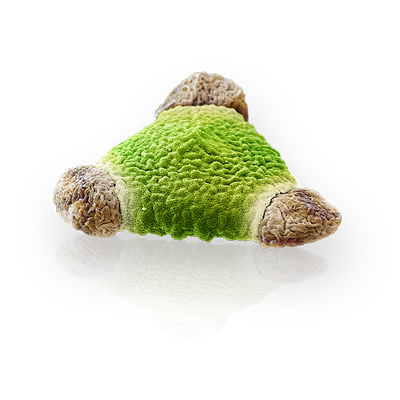
Pollen may be associated by many of us in spring with hayfever, but as Swiss scientific photographer Martin Oeggerli reveals, it has a whole hidden life.
Delving into the miniscule world of pollen, the “micronaut” shows that the grains are in fact very varied and very beautiful – and that they go to great lengths to have sex.
His work recently featured in National Geographic, which devoted a whole article to the topic of pollen, along with an Oeggerli gallery. He is only the second Swiss photographer to feature in the prestigious magazine.
As the micronaut, Oeggerli uses scanning electronic microscope (SEM) images to capture what is usually barely visible to the human eye.
As he explained to swissinfo.ch during a recent pollen awareness event in Zurich, where he was presenting some of his pictures, he then colours the images using a secret formula, spending up to 20 hours per picture. The result is both stunning and unexpected (see gallery).
“During my project on pollen I began to realise that this pollen universe is so beautiful that I would like to take the chance and send some images to National Geographic just to see if they would be interested or not,” said Oeggerli, an avid reader of the magazine.
The youthful looking 36 year old works on his images part time, as by day he is a Basel hospital molecular biologist. He has won many awards for his work. But he was nevertheless surprised to be accepted for the December 2009 magazine edition.
Todd James, Senior Photo Editor at National Geographic, said that he was impressed by the subtle, natural colouration of micronaut’s work.
Natural colours
SEM images start off in black and white and capture incredible details not visible through traditional light transmission microscopes, he explains. Like images from space, false colour is added after the images are recorded.
Many SEMs are coloured too garishly, using colours that do not exist in nature. But Oeggerli’s were different.
“His use of colour enhances the veracity of the image along with the sensual experience of looking at something you have never seen before. He reminds us of the miraculousness of nature,“ James told swissinfo.ch by email.
James also appreciated Oeggerli’s passion for the natural world. “His curiosity becomes our curiosity. He is not simply making beautiful images, he is exploring the natural world at the intersection of science and art.”
Oeggerli was involved in writing the captions for his gallery. “We wanted to point out that pollen are male sperm cells and they need to find a mate, to find their way to the egg cell,” Oeggerli said.
“There are far fewer eggs cells than pollen, so there is also a dramatic journey, which is sometimes very long, going over thousands of kilometres in the air or very adventurous, such as sticking to a leg of a little insect.”
Sex life
Indeed, pollen’s main aim in life is to have sex – to basically find an ovule, which contains an egg cell, of a plant of the same species, he explained.
It has evolved many ways of reaching its target. The first grains of pollen – they date back millions of years – were very small with smooth surfaces to fly through the air.
Then came cooperation with insects, which fed on nectar and pollen, says Oeggerli.
“Some pollen have spokes, have rough surface structures or they are sticky, as in the case of the Australian silver leaf tree,” Oeggerli told swissinfo.ch, pointing to one of his images. This ensures they are carried off.
But even then, the path of true love is fraught with difficulties. Pollen can land on the wrong flower or, even if it reaches the plant of its dreams, can face fierce competition from other grains.
It needs to attach itself to the plant and grow a pollen tube, through which one of its two germ cells or sperms, contained inside its shell, can travel into the female part of the flower.
More challenges
“This first step into the female reproductive area is very important because there the germ cells travel unprotected, they step out of his hard surface of the pollen which is like a shield against heat and sun radiation,” Oeggerli said.
As his geranium image shows (see National Geographic link), the sperms can sometimes face a long journey to the egg, which is far away from where the pollen lands. This promotes the survival of the fittest and thus good genes from the lucky cell.
There are an estimated 300,000 different types of pollen, each one unique. Apart from being wonderful shapes – triangular, round, even with little balloons for better floating – they come in many sizes.
The pumpkin pollen can be around 0.25 millimetres but becomes a giant if placed next to smallest of the smallest, the forget-me-not.
“Despite its small size, it’s one of the most beautiful pollens I’ve ever come across,” Oeggerli said. “It’s around six micrometres in length, that’s around three times larger than an e-coli bacterium.”
Pollen fascination
For the micronaut – the name is a fusion of micrometre and astronaut – the fascination of pollen is that they are so remote.
“It’s very exciting, like being on a microsafari trip and you always see another pollen that you haven’t seen before which is maybe ever nicer than the other one,” he enthused.
Pollen structures, which can clearly be seen in the images, are another source of interest. They could be helpful in developing many pollen at a time or in distribution, Oeggerli ponders, always the scientist.
The photographer, who has just won the EMBO Journal’s Best Scientific Cover Image 2010, has already completed a second project into the world of the invisible for National Geographic. This is most likely to be published in October.
“I have been working day and night colouring the equally beautiful butterfly eggs,” Oeggerli said. “It’s a great honour.”
Isobel Leybold-Johnson, swissinfo.ch
Oeggerli was awarded Best Scientific Cover Image 2010 by Embo Journal, a molecular biology publication for a picture of a daisy flower. He also won the award in 2008.
He won German scientific photographer of the year in 2009
The National Geographic article came out in December 2009. It featured an Oeggerli gallery (see link) plus an article on pollen by respected American professor, Rob R. Dunn.
Two images have made it onto the magazine cover: the geranium pistil (Slovenia) and the salix pollen (Japan). This latter image is Oeggerli’s favourite pollen picture.

In compliance with the JTI standards
More: SWI swissinfo.ch certified by the Journalism Trust Initiative

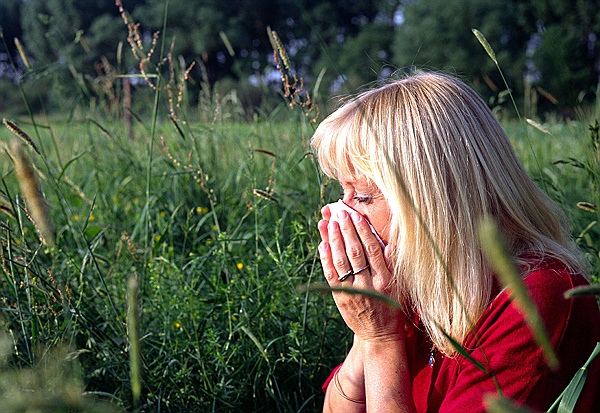
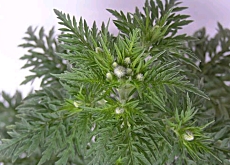
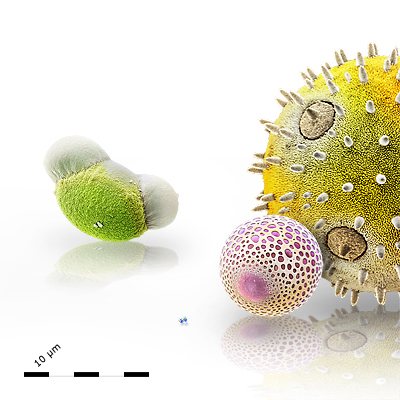
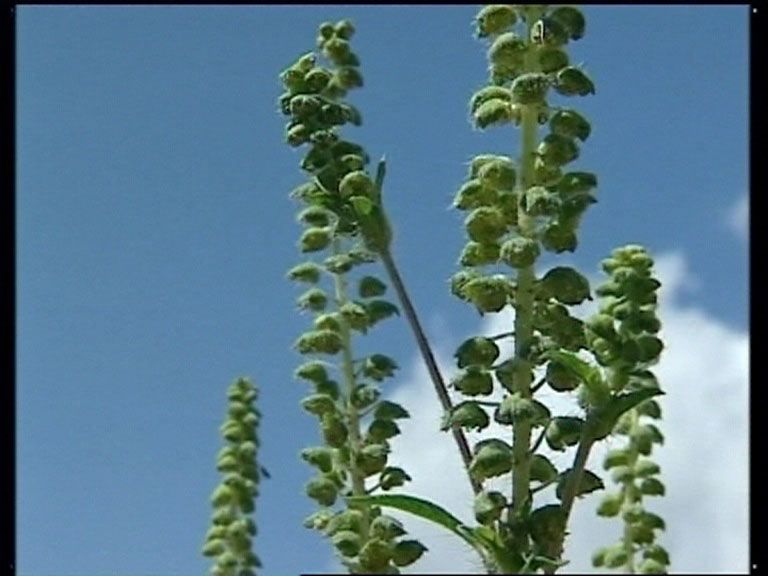
You can find an overview of ongoing debates with our journalists here. Please join us!
If you want to start a conversation about a topic raised in this article or want to report factual errors, email us at english@swissinfo.ch.